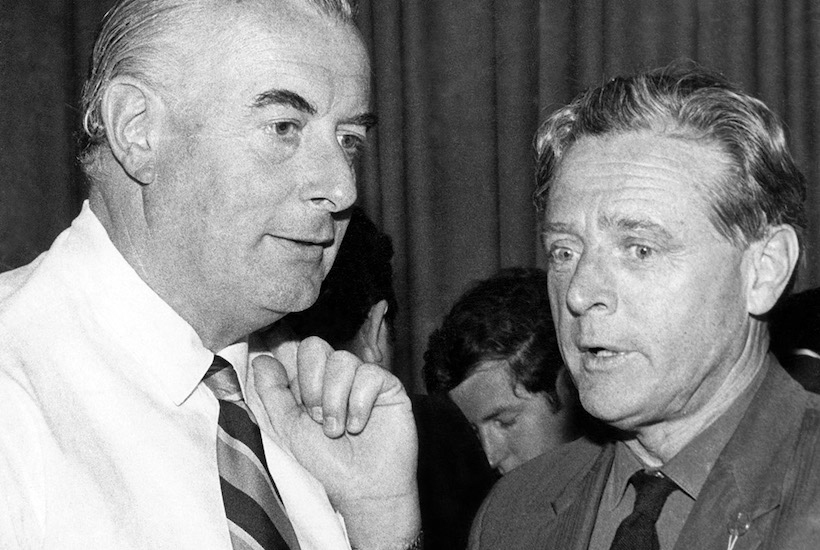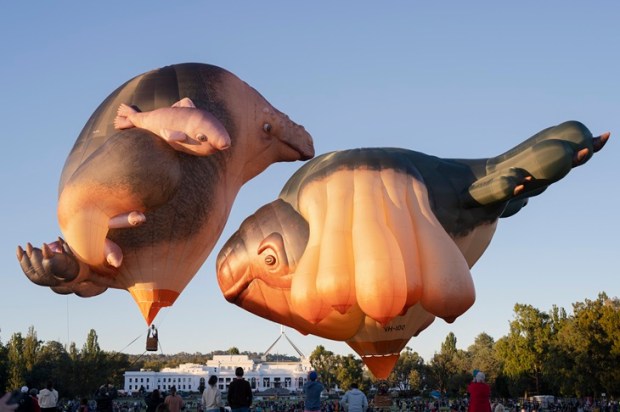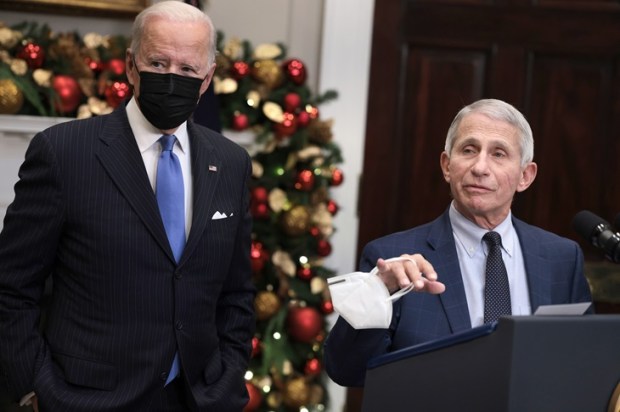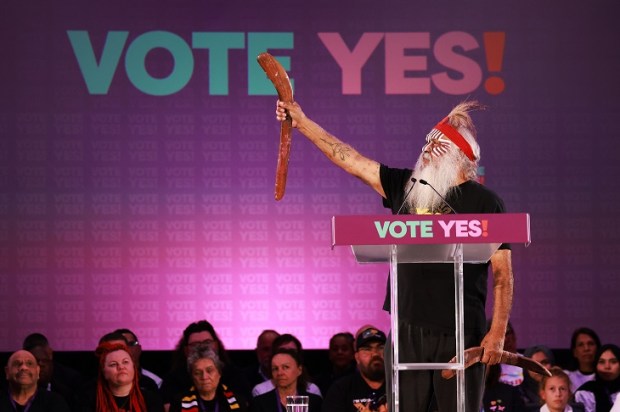In delivering the economic and fiscal update on Thursday, Treasurer Josh Frydenberg delivered on his promise of ‘eye-watering’ numbers. An estimated seven per cent contraction in real GDP in the June quarter – easily the largest in the 60 years of quarterly national accounts – and a $280 billion addition to Commonwealth debt in two years are hard to beat in the shock-and-awe stakes.
While the public attention is riveted to the deficit and debt numbers, also shocking is the explosion in Commonwealth government spending that accounts for a large part of the deficits. Outlays are set to balloon from an actual $478 billion in 2018-19 to an estimated $550 billion in 2019-20 and $640 billion in the current fiscal year, which is where the revised estimates stop. This is an increase of 34 per cent in two years.
Looked at another way, outlays will increase from 24.5 per cent of GDP in 2018-19 to 33.8 per cent in 2020-21. Commonwealth spending was once zero, but it took a very long time to reach 24.5 per cent of GDP. Now we are told it will increase by another 9 percentage points of GDP in just two years. This must surely be the largest peacetime increase in a short span of time in the history of the Commonwealth.
It puts in the shade the increase of six percentage points over four years that is a much-cited measure of the Whitlam government’s aggressive enlargement of the welfare state and the central government’s role.
Circumstances now are different. The Morrison Government is dealing with a pandemic and the associated economic and social wreckage (never mind that much of the wrecking has been ordered by the government itself). Frydenberg repeats what we’ve heard before – that it will all be temporary.
Fiscal history tells us we can’t be so sure. It’s crises like the current one that seed new government spending of the permanent kind. Well-prepped advocates of such are lining up for free child care, a big permanent increase in JobSeeker, and so on.
We should hope the government resists these entreaties and that Frydenberg is right about the temporary nature of the upsurge in expenditure. The government’s intention in last year’s budget to hold the line on outlays at 24.5 per cent of GDP and gradually reduce them to 23.5 per cent was pivotal to its plan to reduce debt while capping taxation.
We can forget about reductions in debt for a few years, but permanent increases in outlays will jeopardize any chance of getting it back onto a downward path and also bring the risk of higher taxation down the road.
Robert Carling is a Senior Fellow at the Centre for Independent Studies and a former IMF and federal and state Treasury economist.
Illustration: National Archives of Australia.
Got something to add? Join the discussion and comment below.
Got something to add? Join the discussion and comment below.
Get 10 issues for just $10
Subscribe to The Spectator Australia today for the next 10 magazine issues, plus full online access, for just $10.


























Comments
Don't miss out
Join the conversation with other Spectator Australia readers. Subscribe to leave a comment.
SUBSCRIBEAlready a subscriber? Log in